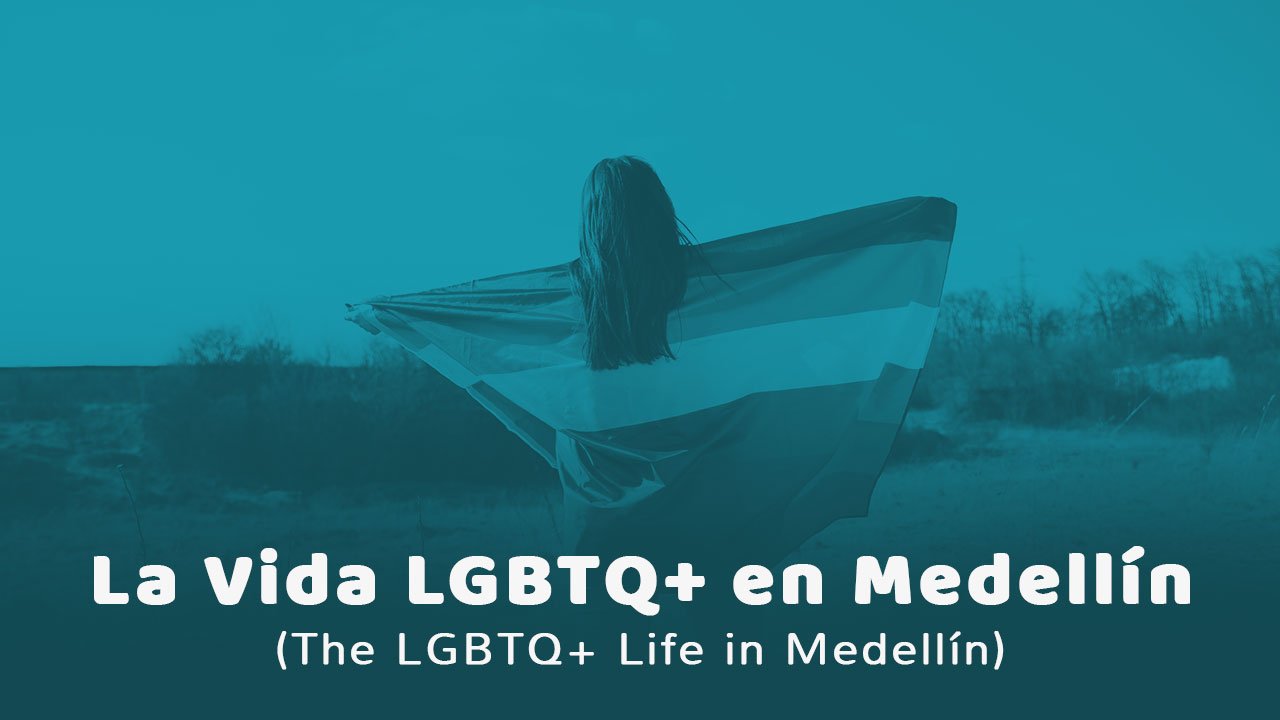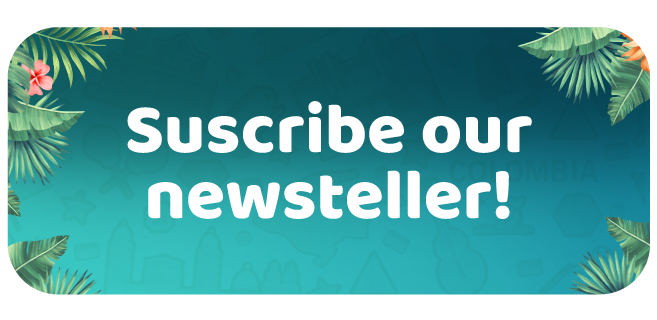With its abundance of diverse cultural events, bars and underground collectives, Medellín makes an exciting base for LGBTQ+ travelers.
You’ve probably heard that Colombia is a conservative and predominantly Catholic country. While this is true, changes come with any new generation, and Medellín has become a very gay-friendly city. There are a plethora of LGBTQ+ bars in the Laureles area, close to Elefun.
Elefun’s strength compared to other schools is their ambience. It’s like you have a Colombian family right away: everyone is open at the school and all are welcome, regardless of age or sexual identity. Since my group classes were a mix of people from countries around the world, I learned about different political climates and social norms during my time at the school. I felt that sensitive topics were discussed with respect and patience – always with an openness to learn about new perspectives.
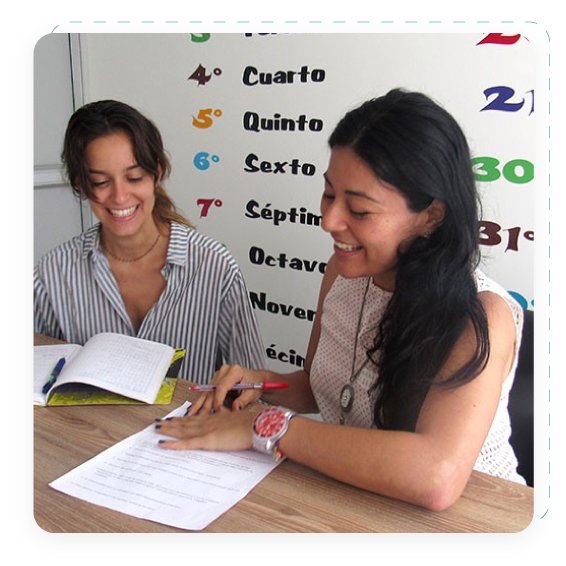
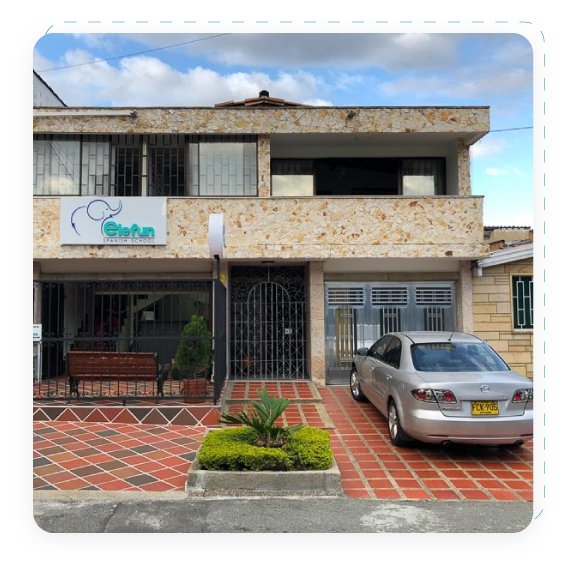
After choosing Elefun as my Spanish school, I looked at various housing options online (compartoapto.com was a personal favorite) that were close to the school.
I first lived in Velodrómo (walking distance to Elefun) and then moved to an apartment in Suramericana (also walking distance to the school). Once on the ground, I got a chance to visit the different barrios (neighborhoods) of Medellín. I fell in love with the Estadio-Laureles sector because of its authenticity and paisa (local Colombian) culture, as well as its proximity to the Setenta, which is a lively street with various salsa and bachata bars, clubs and typical Colombian restaraunts.
LGBTQI+ clubs and bars in Medellín
One of the most popular gay clubs in the Laureles area is Purple, located in near the UPB (Universidad Pontificia Bolivariana). Purple plays mostly dancehall, reggaeton and pop music and is open from Thursday to Saturday night from 10 p.m. until 4 a.m.
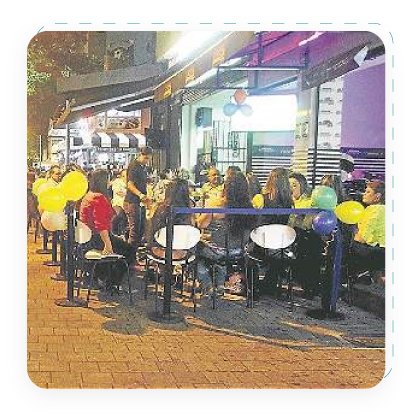
Rainbow bar, a predominantly lesbian bar, is located on the 33 in Laureles. It’s most popular on Friday and Saturday nights, though it’s also open on Thursdays. It’s smaller and more intimate compared to some of the bigger nightclubs in Poblado.
Viva Club and Ink Bar 33 are also popular LGBTQ+ clubs in Laureles. While Viva Club is only open on Saturday nights, it boasts a large dancefloor where you can ~ perrear hasta abajo ~ (dance to reggaeton music down to the floor). Ink Bar 33 is open everyday from 5 p.m. until 4 in the morning.
Medellín has the same population size as Chicago, Illinois in the United States. Using apps like DiDi, Cabify, or Uber can get you around to different parts of the city with ease. While I more enjoyed living in the Estadio area, it was only fifteen minutes to get to Poblado at night, which has a wide variety of gay clubs as well.
For example, many of my friends recommend Chiquita bar. It’s a gay club located in Poblado, known for its drag culture. The only cover is on Thursday nights, when they have a drag show. There you’ll hear reggaeton, pop and house music. It’s open from Wednesday to Saturday from 6 p.m. until 2 a.m. Donde Aquellos and Industry Dance Club are other popular gay clubs in Poblado.
LGBTQI+ spaces in Medellín
You may have heard of Comuna 13, which is now quite safe for tourists to visit but has a history filled with guerrilla warfare, lack of government support and a migration of villagers displaced by the violence that filled the countrysides of Colombia.

The touristy part of Comuna 13 in San Javier, Medellín. Photo by Sabrina Dorow.

I met a few people working and volunteering at La Casa Morada, in San Javier, who were graffiti and tattoo artists, tour guides, and journalists. ‘The purple house’, in English, is an oasis for young people to parchar (hang out with friends), make murals, create radio content, and take (free!) drawing classes.
“You’ll find the best part of (La Casa Morada) is that we don’t fear expression. We’re a family that was created with a strong base in love,” says Juan, a member of La Casa Morada, who actively participates in the theater scene in Medellín.
Parque de Los Deseos is another LGBTQ+ space located close to the University of Antioquia. To get the this park, just take the metro to Estacion Universidad. The park is close to Parque Explora, an incredibly beautiful science museum with an aquarium, and also close to Jardín Botanico (the botanical garden). Since Parque de Los Deseos is right next to the University, a diverse group of students hang out there and, again, parchar, usually on Friday afternoons. Then, on Friday nights, the LGBTQ+ society of Medellín meets to watch movies and doccumentaries at the park; all are welcome at these events.


Carlos E. Restrepo is one of my personal favorite parts of Medellín because of its bohemian and almost magical feeling. It’s a residential area for students and faculty, but on Thursday nights (and honestly most nights during the week) the street fills up with artists, street vendors and students who crowd the street. I sold my drawings there sometimes; it’s a beautiful space to share with friends and there are lots of delicious restaurants and street vendors where you can have pizza, vegan meals, and Colombian coffee.
Another LGBTQ space in Medellín is Colombo Americano Medellín, which is an English school, a social project and a cultural center. It has a billingual library, a contemporary art gallery, a cinema that shows independent, national and international movies, as well as hosts concerts and conferences.
Another unique space in Medellín is Colombia Diversa, located in El Centro. They have many multicultural events such as theater productions and live music.
The Museum of Antioquia, a must-see during your time in Medellín to learn about the history of the city, also hosts a group called Guerras del Centro, who dedicated to showing the forgotten and lost sexuality of sex workers. The museum puts on many events about sexuality, as well as hosts musical and theater events.

Medellín was my home for two months and I learned so much from the artists, diverse LGBTQ+ community and teachers at Elefun that I met there. To me, the most memorable part of traveling is the people you meet. When I talk about Medellín to my friends from home I, of course, talk about the beautiful climate, the warm people and the rica fruta (delicious fruit), but I always end up coming back to the people. I’m grateful to have studied in a place that felt so inclusive and welcoming, and to have lived in a city with endless opportunities to grow as a traveller and as a person learning Spanish as a second language.

This article was written by Sabrina Dorow, a former Elefun student. She is passionate about sustainable travel, learning Spanish, and telling stories about local communities abroad. To connect with her, you can e-mail her at sabrinadorow@icloud.com or follow her on Instagram: @sabrinadorow_

